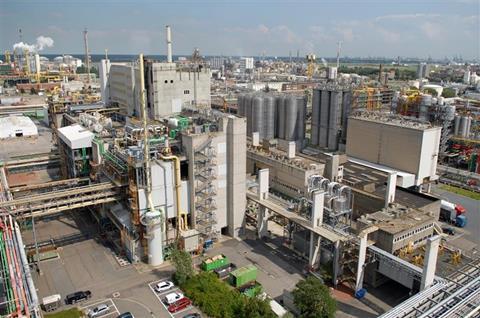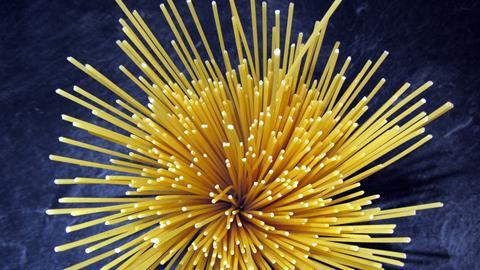Modifications to the degassing process have enabled Ineos Styrolution Antwerp to increase the purity of its food-grade high-impact polystyrene (HIPS).
By implementing relatively simple improvements, Antwerp-based Ineos Styrolution has more than halved the amount of residual monomer in its high-grade polystyrene products. Production Manager Daisy Snauwaert and the project team received Ineos Styrolution’s annual innovation award for this project.
Site manager Dominique Lebbe: ‘Our high-impact polystyrene (HIPS) products are mainly used for food packaging, such as yoghurt pots. The standards for these plastics are very strict because they come into contact with food. We have already met the standards, but have now improved the products even further. In addition, the recovered monomer can be reused in production.’
The Ineos Styrolution site in Antwerp has been producing styrene-based plastics since the 1970s. The oldest plant, which produces polystyrene, was commissioned more than 50 years ago. The site also includes a production unit for ABS (acrylonitrile-butadiene-styrene) and styrene-butadiene copolymers and a styrene monomer plant. With a combined production of well over 500,000 tonnes of ABS and polystyrene, the Antwerp plants are among the largest in the world.
Degassing
The production of polystyrene consists of two steps: polymerisation and degassing. After the styrene monomers have been converted into polystyrene, the residues have to be removed, explains Lebbe. ‘Not all the monomers are converted into polymers. The raw materials also contain small amounts of other substances. This could be cumene, for example. It does not polymerise and is left behind. These small molecules are volatile and we can remove them together with the solvent by degassing.’
By applying a vacuum, the small and volatile impurities, monomers and solvent evaporate from the polymer melt. There are three factors that influence how well this degassing works, says Lebbe: ‘The stronger the vacuum, the better the substances evaporate. The longer you apply the vacuum, the more you can remove. The third factor is the contact surface. The larger the surface area from which the substances can evaporate, the better they disappear from the polymer melt. We have studied how to improve all these factors.’
Spaghetti
The first step was to increase the pumping capacity. ‘We increased the number of vacuum pumps from two to three.’ The second improvement was less obvious, explains Lebbe. ‘To increase the exchange area, we modified the so-called beach devolatilizer. This contains a distribution plate with holes through which the polymers are fed under vacuum like spaghetti strands. We thought it might be useful to investigate the effect of making more holes of smaller diameter in the distribution plate. This would create more and thinner strands of spaghetti and increase the contact area of the polymer melt, potentially allowing more to evaporate.’
This proved to be effective. The project team was able to reduce the amount of monomer particles in the products by more than half. The captured monomers, solvents and contaminants are then returned to the monomer plant. The by-products are then removed by distillation. The monomers can subsequently be reused in the process.
Most of the improvement process could be carried out without shutting down the HIPS line. ‘We planned a two-week shutdown to install the new pump and distribution plate in the beach devolatilizer.’ Lebbe is satisfied with the way the project was handled. ‘It was good to see the cooperation between people from different departments, production and engineering. Everything was well coordinated. It was really good teamwork.’














Nog geen opmerkingen